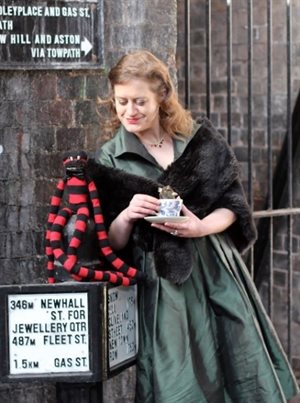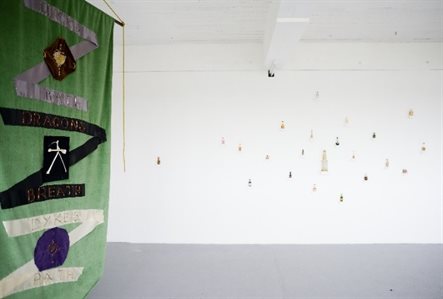Vicky Roden

Vicky is working with researchers David Smith, Zaki Hassan-Smith, Neil Gittoes and Meurig Gallagher on the ‘Precision Antithyroid Therapy’ project.
I’m incredibly excited to have been chosen as the artist working with the Research Incubator team examining Precision in Antithyroid Therapy. As a former Hyperthyroid patient I’m particularly looking forward to contributing to research that would have had a significant effect on my own condition, and gives me a real opportunity to give something back to the University and Hospital which eventually resolved my condition.

As a multi-disciplinary artist my practice encompasses a variety of media including textiles, embroidery, taxidermy and Live Art. Primarily focussing on the sinister and archaic much of my work explores death, ritual, and points where women have historically found personal power and agency.